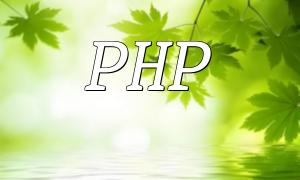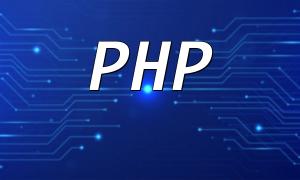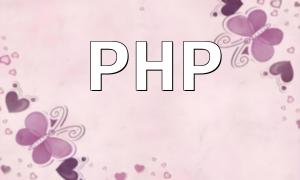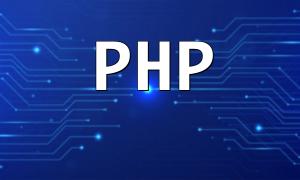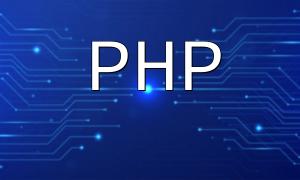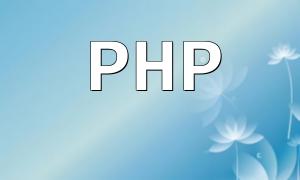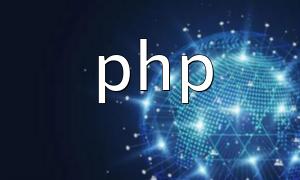In web development, PHP file inclusion is a common and practical technique. It helps improve code reusability and simplifies project maintenance. PHP supports four main methods for including files: include, require, include_once, and require_once.
When using the include statement, if the specified file does not exist, PHP will issue a warning, but the script will continue to run. Example:
<span class="fun">include 'header.php';</span>
Require works similarly to include, but if the file is missing, PHP throws a fatal error and stops the script. It is typically used to include essential files, such as configuration files:
<span class="fun">require 'config.php';</span>
include_once works like include but ensures the file is included only once to prevent function or class redefinitions:
<span class="fun">include_once 'functions.php';</span>
require_once is a variant of require that ensures the file is included only once. It’s suitable for files that must be loaded but not duplicated:
<span class="fun">require_once 'db.php';</span>
In large projects, a well-organized directory structure is crucial. It’s recommended to store all include files in a dedicated folder, such as includes or libs, to improve maintainability and code clarity.
To avoid path errors, it’s best to use absolute paths when including files. You can use built-in PHP functions to get the current script directory, for example:
<span class="fun">$path = dirname(__FILE__);</span>
When including files, it is advisable to implement error handling with try-catch blocks to enhance code robustness and prevent the entire program from crashing due to missing files.
Mastering PHP file inclusion techniques and best practices not only improves code maintainability but also boosts development efficiency. Choosing the appropriate inclusion method, organizing file structures properly, using absolute paths, and handling errors effectively are all key to ensuring your PHP projects run smoothly and reliably. Applying these recommendations will help you build more professional and maintainable PHP applications.
